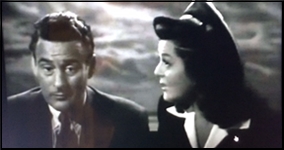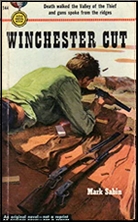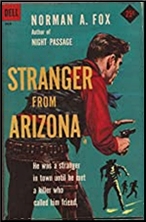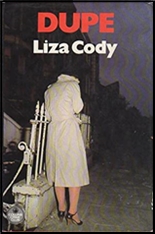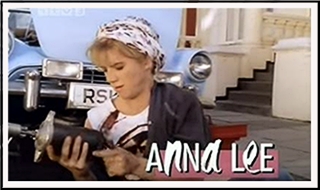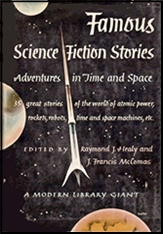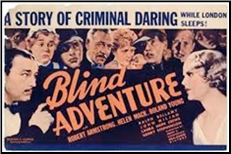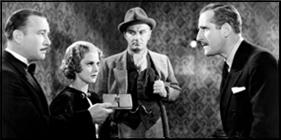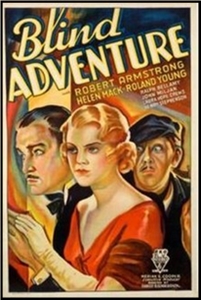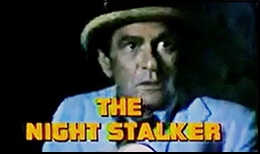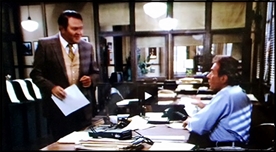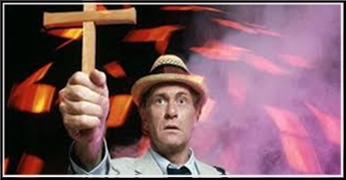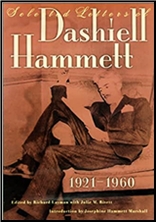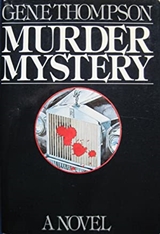Reviewed by David Vineyard:
A Pair of Unofficial James Bond Pastiches.
(1) Per Fine Ounce by Peter Vollmer. Lume Books, paperback, 2020. Also available as a Kindle edition. Based on an unpublished James Bond novel by Geoffrey Jenkins.
(2) The Killing Zone by Jim Hatfield. Charter Books, paperback, 1985.
What these two books have in common, other than a certain rarity, is that both are unofficial James Bond pastiches not fully approved by the Ian Fleming estate, and among the more interesting ephemera related to that ongoing phenomena that is James Bond 007.
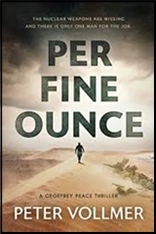
First we have Per Fine Ounce, which is based on an unpublished authorized James Bond novel by South African author Geoffrey Jenkins.
Following the death of Ian Fleming and the publication of Fleming’s last completed novel The Man With the Golden Gun, Jenkins, author of Grue of Ice, and River of Diamonds, was approached in 1966 to write a James Bond novel suggested by Fleming’s own plans to write another Bond set in South Africa (Diamonds Are Forever opens and closes in South Africa and Fleming also wrote the non-fiction The Diamond Smugglers).
Instead the Kingsley Amis Colonel Sun as by Robert Markham was the first Bond pastiche.
The book was written by Jenkins, rejected with no reason given (I suspect the complex politics of a book set in South Africa under Apartheid scared off the Fleming estate as much as anything), and thought lost. Eventually it was discovered the manuscript still existed, but the Fleming estate had no interest in it being published.
This is the point when Peter Vollmer, a South African writer in the Wilbur Smith tradition, approached Jenkins’ son with the idea of writing a version of the original novel featuring not James Bond, but a version of Jenkins’ own series character, Geoffrey Peace (Twist of Sand, Hunter Killer).
That said, the Geoffrey Peace in this book has almost nothing to do with the character in Jenkins’ books. This is very much a Bond imitation in all ways and sadly a pretty pale one at that. It’s the failure of Peace to evolve into anything more than a mediocre Bond or Peace imitation that is the biggest problem. He is, to paraphrase Fleming, neither six of one or a half dozen of the other.
That and some bizarre choices like having Peace go on about y-front underwear like Matt Helm on women in pants don’t help. Peace whining about y-fronts is not Bond’s shaken not stirred or preference for sleeveless blue Sea Island cotton shirts.
I’m not sure what Vollmer thought he was doing there.
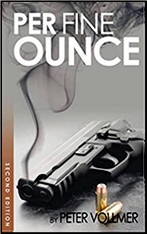
Vollmer has written some fine books on his own, but despite his claims of enthusiasm, there isn’t much here. England, eager to keep its close ties to South Africa secret, sends Peace on a mission summed up pretty well in the second chapter.
“The South Africans are the biggest gold producers in the world, the world’s largest supplier of strategic metals, and the most powerful country on the African continent… To the problem. A rather large bullion shipment en route to us from South Africa has been hijacked. In physical terms, this was eight tons of gold ingots. Unbelievable, isn’t it?â€
A good enough set up, and I don’t want to mislead, the book is not bad, it just isn’t worth all the buildup and wait.
Peace is neither James Bond nor the much darker Jenkins character, and the result is a rather wan sixties style spy thriller that at its best is not up to many of the better contemporary Bond imitations (James Leasor, Andrew York, Philip McCutchan, George B. Mair, and James Mayo all did it better and certainly Amis, John Gardner, Anthony Horowitz, and Raymond Benson did it better).
The stolen bullion leads to a more complicated plot about South Africa and Israel collaborating on a nuclear bomb, and both extreme right and left factors involved in the plot with a megalomaniac named Van Rhym involved in seizing the South African gold reserves and embroiling the whole continent in nuclear conflagration.
There is also a heroine named Cherry Boxx.
Sigh.
Probably no book could ever come up to the expectation of a lost novel by a popular writer lost since 1966, so Vollmer deserves credit for a thankless task done as well as it probably could have been done.
That said, and despite some good action, the whole thing doesn’t add up to much.
If Per Fine Ounce doesn’t add up to much, it as least makes sense. Just how The Killing Joke ever got published without being shut down by the Fleming estate is a mystery.
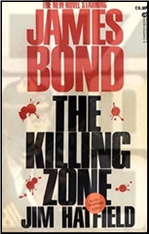
The Killing Joke was published as a paperback original in the United States in the 1980’s. It is copyrighted by both Hatfield and the Fleming estate, but how it was written and published and why are both mysteries.
The inside copy explains the plot better than I could:
In this new high voltage spy thriller, Secret Agent 007 must “liquidate” ruthless billionaire kingpin Klaus Doberman. But James Bond has his hands full as he battles a luscious lady assassin who offers lethal love Russian style and a slit-eyed Oriental sadist who is an elusive and deadly Ninja. Aided by his sex-galore confederate Lotta Head and his old CIA buddy Felix Leiter, 007 is pitted against Klaus Doberman in his heavily armed fortress high in the Mexican Sierra Madres… in the most bloodcurdling death duel in the great Bond saga.
Just in passing, the ninja is named Chen.
Just saying.
We open with James Bond’s longtime friend and M’s second in command Bill Tanner being murdered in Mexico. James Bond we discover is retired and living in Jamaica.
… the elite Double-0 section – which meant being licensed to kill in the line of duty – was being abolished… So Commander James Bond, Agent 007 of Her Majesty’s Secret Service, resigned and relocated to the Caribbean.
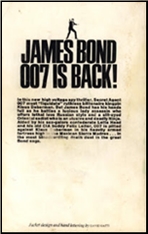
Of course Bond comes out of retirement at M’s behest to avenge his friend and is drawn into a bloody and violent saga. The book isn’t bad. It is no way Fleming or the least Flemingesque, but it is a decent sub-Bondian spy novel with someone called James Bond who at times almost seems to be Bond without Fleming’s sophistication and wit (sorely missing in the Vollmer book too).
And then … SPOILER ALERT!
Bond pulled his blade free. Then he clutched his arms across his body and stumbled toward the bedroom.
Numbness was creeping up his body. He felt very cold.
“Lotta,” Bond could only whisper her name through a throat full of blood. Breathing became difficult. He sighed to the depths of his lungs.
“LOTTA!!!” Bond cried as he stood in the doorway of the bedroom, gasping for breath. His hands moved up towards his cold face. He felt his knees begin to buckle.
Lotta literally jumped out of the bed and ran toward him.
Bond reached his arms for her as he went into his fall.
Lotta caught him before he hit the floor, cradled him, hugged him with everything she had till they were both bathed in wine-red blood.
James Bond dies.
Dead.
No resurrection, no trick.
Bond is dead.
And the Fleming estate somehow is fine with it, or at least didn’t drag the author and publisher into court.
This one is a bit harder to find than Per Fine Ounce, but there is a free PDF you can download if you search for it and want to read it and not overpay for the hard to find paperback.
The Killing Zone remains a mystery to me. Just how Hatfield came to write it, much less got it published is an enigma. Just what anyone involved was thinking is mystery enough. Neither book comes anywhere near being even remotely like Fleming (or Jenkins), and yet either is a decent read on its own if nothing special.
But even by the standards of pastiche these two are oddities. I suppose the only real response to either of them is surprise they exist.
I won’t even go into the Donald Westlake James Bond novel published a year or two ago revised without Bond. That one at least makes sense.
